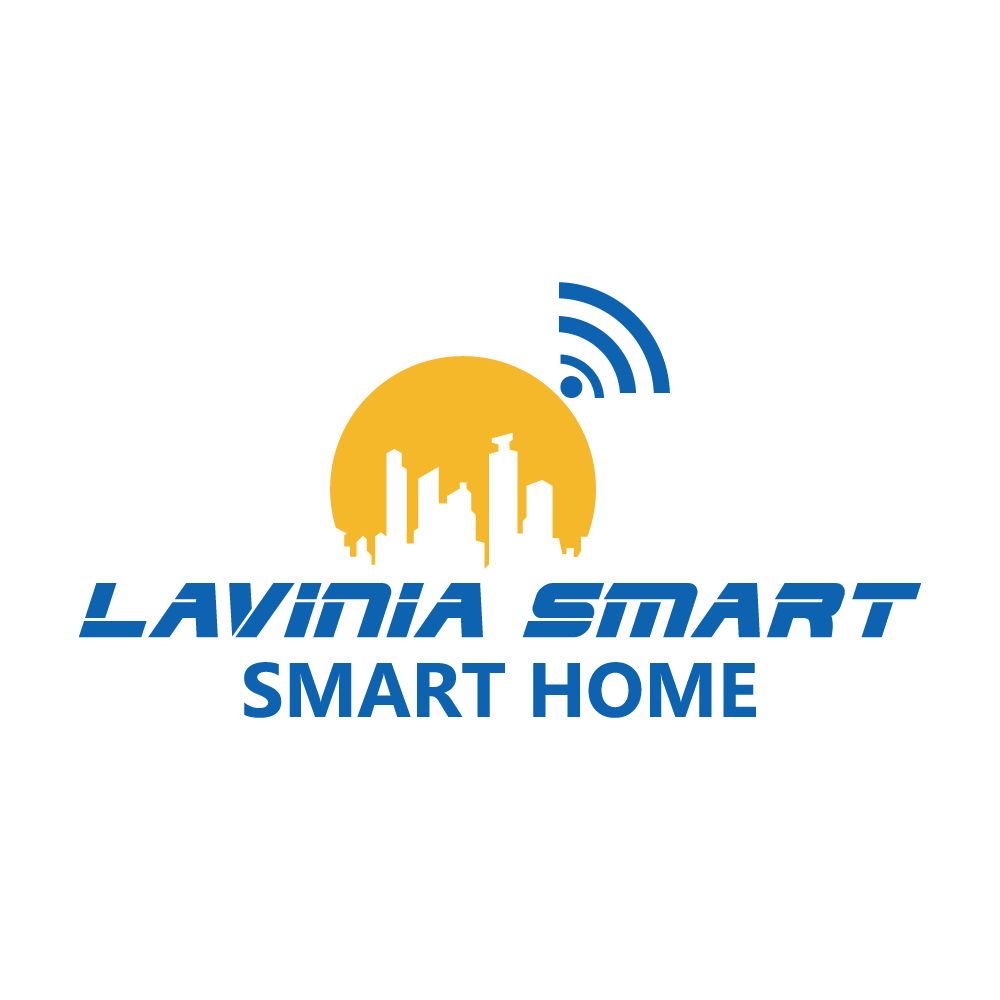The smart home market continues to grow despite the pandemic. The demand for smart home products such as home healthcare, home assistants, smart speakers, etc. increased due to the pandemic. According to MarketsandMarkets, the smart home market is expected to grow from US$84.5 billion in 2021 to US$138.9 billion by 2026 with a projected Compound Annual Growth Rate (CAGR) of 10.4% between these periods. According to SmartME, worldwide deliveries of smart home applications are expected to be over 1.4 billion in 2024 as more people continue to invest in home automation services.
The key factors driving the smart home market is attributed to increase in the number of internet use, massive adoption of smart devices, and a growing need for energy-saving eco-friendly solutions. Smart home systems are leveraging solutions that energy-efficient, and at the same time emit low carbon. Hence, growing concerns about security, safety, and convenience among the general populace are likely to drive the smart home market.
This article discusses the essentials of smart home applications. It offers strategies that can be used for designing and developing smart home applications.
Why do customers need to build their own Smart Home App?
In case you had second thoughts, we now live in the golden age of technology development. The last three decades have seen progress from corded landlines to portable pocket-sized computers for swift communication. Technology advances every passing day and owning a smart home is fast becoming a necessity. In the past, many considered owning smart homes an unneeded luxury. Now, they have become an important part of our lives.
Customers need to build their Smart Home Apps for a variety of reasons. To start with, you could clear all nagging doubts about whether you set the security alarm or turned off the coffee maker with a glance at your smartphone. You only need to connect these devices or appliances in your home so that you can communicate with them.
You need to own smart homes because they make life easier and more convenient. Whether you are at work or on vacation, the smart home application will alert you to what is going on. Inbuilt Security systems can also help you in an emergency. Smart homes also provide energy efficiency savings. Systems like Z-Wave and ZigBee make for a reduced level of functionality in a device. Hence, these devices can go to sleep and wake up when commands are given.
Smart home technologies are also great for elderly people who live alone. A smart home could notify the resident when it is time to take medicine, keep track of how much the resident is eating, or alert the hospital if the resident falls.
Types of Home Automation Applications
Some of the most popular types of home automation apps include:
● HVACR Systems: These systems are for Heating, Ventilation, Air-conditioning, and Refrigeration and they are the most popular among consumers.
● Energy Management Systems such as off-grid systems, circuits, and energy storage.
● Security Systems for surveillance, locks, camera-enabled doorbells, etc.
● Home Appliances and Smart Furniture e.g. smart refrigerators, vacuum cleaners, smart beds, wardrobes, etc.
● Lighting Systems integrated with switches, bulbs, etc.
● Health and Wellness Systems.
● Virtual Assistants: the most common being Alexa in Amazon Echo
Most of these products are synced with mobile applications for configuration, monitoring, remote control, and automation. These applications could be standalone single-task applications or one application for different categories of devices depending on the functionality, category, or producer.
An example of a standalone single-task application would be iRobot, a producer of premium-class robot vacuum cleaners, which pairs its robots with the iRobot Home App. Alternatively, a company that produces a diverse range of smart home products can provide a single multitasking application for the whole category of devices. A good example would be the Nest App for Nest products. Hubs such as Amazon Echo or SmartThings hub unite cross-category and cross-brand devices in the house for one-stop control and automation.
How to create your Smart Home App
In designing a home automation system, these steps should be followed.
Choose the type of home automation solution
It could be a single-purpose or multipurpose solution.
Decide on your development strategy
You could decide to use a platform like Microsoft Azure IoT Suite, Amazon Web Services, etc., or create an app from scratch.
Create User Scenarios
The user scenario means a sequence of actions a user needs to take in order to achieve a goal. This is usually developed at the business analysis stage when research is conducted and user personas are created.
List all the devices your system would support
The more devices your app supports, the more choices your users will have.
Choose the right type of data storage
You can choose between local and cloud storage.
Develop a Security Strategy
This can be done by encrypting all data, encouraging users to use separate networks, regularly updating the app, and integrating security into your architecture.
What Protocols are used to Integrate with Home Automation Apps?
There are four primary operating standards for home automation technology. They are Wi-Fi, Zigbee, Z-Wave, and Bluetooth Low Energy (BLE).
Wi-Fi
Not everyone knows Wi-Fi can be used for home automation. Many smart devices in the market connect to hubs or smartphones via Wi-Fi. The downside to using Wi-Fi, however, is that many devices operate via Wi-Fi and adding another bandwidth-intensive could cause traffic congestion and signal interference.
Z-Wave
Many smart home products use the Z-Wave protocol, which transmits on the 908.42Mhz frequency. Z-wave devices are known for interoperability, although it occurs within the Z-Wave home automation network.
Zigbee
Zigbee, like Z-Wave, relies on a mesh network. It runs on the 2.4GHz frequency thus making it preferred by many smart home devices because of its long-range. Developers enjoy working with this protocol because of its security and low power usage.
Bluetooth Low Energy (BLE)
BLE is another well-known protocol. In the past, Bluetooth technology relied on short-range radio frequencies to communicate between two devices near each other. Now, BLE is capable of mesh networking, which fixes some of the issues encountered with the old range. Another benefit is security as it relies on government-grade encryption.
MQTT: This is the fastest way to integrate with smart home devices.
MQTT, short for Message Queue Telemetry Transport, is a protocol created by IBM that primarily focuses on machine-to-machine communication. MQTT is suitable for home automation because it consumes very little resources and is available on many different platforms.
MQTT uses a Star Topology with a central node called Broker and clients connected to it. The Broker is in charge of sending and receiving the messages from the clients. Considering how lightweight the protocol is, it is worth mentioning that MQTT can also work with encrypted messages, which is impressive.
Useful Functions for Smart Home Apps
In developing and designing a Smart Home Application, the main functionality is usually determined by the following features:
User Registration
When designing a Smart Home App, simple registration methods are usually not suitable because of data security. It is advised that you prompt the user for a name, email address, phone number, and a verification code.
User Profile
After the registration process, a dashboard containing the profile of the user is created. It is necessary to provide two types of profiles: owner profile with full administrative rights to manage the Smart System, and a usual user profile with limited access given by the admin.
Onboarding Process
Dedicate a few screens of the app to the introduction. Through the aid of visual, audio, and/or video tips, a brief guide that explains the principle of hub configuration and connection of smart devices should be taught to the users.
Devices Page
This page contains a list of sensors that control the devices connected to the smart house e.g. light, thermostat, water, and smoke sensors.
Sensor Page
Each device should have its page where the parameters for management and configuration are displayed.
Room Selection
The functionality allows the user to control the parameters in the selected room or a particular space.
Notifications
This is one of the most important features of the Home Automation Application. This feature informs the user of what is happening at their house. The user is notified of changes in instrument indicators such as smoke, alarm, flooding, etc. In addition, the application should be set up in a way to know the recent actions of other users e.g. if someone has turned on the light.
Conclusion
The future of home automation technology is promising, and smart house development will become only more popular and advanced as more people adopt IoT automation solutions into their homes and workplaces.

